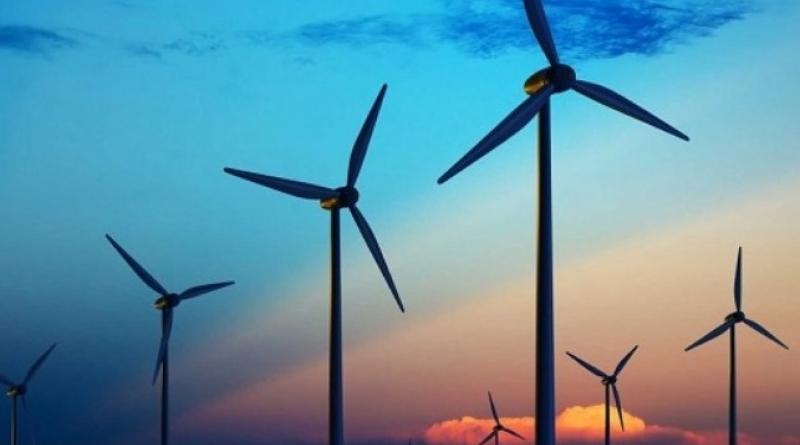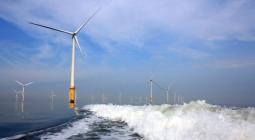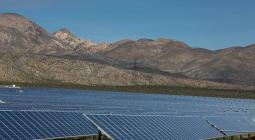Study: Offshore Wind Could Save California Ratepayers $1-2 Billion.

Castle Wind, a joint venture between Trident Winds and EnBW North America, has released a new study that indicates offshore wind off the coast of California could save ratepayers $1-2 billion on a net present value basis by 2040.
The savings could be achieved through the installation of 7-9GW of offshore wind, according to the study commissioned by Castle Wind from Energy + Environmental Economics (E3). This represents enough energy to power four million homes and meet approximately 10 percent of the state’s electricity needs.
While several Northeast states have made offshore wind a cornerstone of their future clean energy portfolios, with more than 20GW of new offshore wind capacity mandated by 2035, California differs in that its deep coastal waters require floating turbines. This technology is being commercialized in Europe with close to 200MW of installed capacity coming online in 2019-2020.
Delivering clean, reliable power on a 24-hour basis will require investment in both energy storage, to shift excess solar power to the time of day when it is needed most, and in renewable resources that continue to generate energy once the sun goes down. Offshore wind offers consistent generation throughout a 24-hour period.
The study evaluates offshore wind relative to other resource options including out-of-state onshore wind (e.g., from Wyoming or New Mexico), and finds that offshore wind remains a valuable part of a least-cost portfolio of resources, even if out-of-state wind is developed in the future.
California has some of the most ambitious clean energy and climate goals in the world. With the passage of the California Global Warming Solutions Act of 2006 (AB 32) and Governor Jerry Brown’s 2005 Executive Order S-03-05, the state has committed to reducing its GHG emissions to 40 percent and 80 percent below 1990 levels by 2030 and 2050, respectively. Additionally, SB 100, passed in 2018, increased California’s targets to 60 percent renewable energy supply by 2030 and 100 percent GHG-free energy supply by 2045. Compliance with SB100 alone will require the state to approximately double its existing renewable energy generation by 2030.
“While California leads most states in renewable energy deployment, it will need several times more renewable energy capacity than is currently installed to meet its long-term policy commitments,” said Sanderson Hull, Senior Consultant at E3 and lead author of the study. “Offshore wind is a promising resource that has not yet been fully investigated as a component of California’s optimal pathways for meeting its clean energy goals.”
Castle Wind has already initiated development of a 1,000MW floating offshore wind farm off the coast of Pt. Estero, California, with a grid connection in Morro Bay. The Castle Wind Offshore project is planned to be located on the Outer Continental Shelf, more than 30 miles from the California coastline in federally managed waters of the Pacific Ocean. The U.S. Bureau of Ocean Energy Management is preparing a lease auction for the project site in 2020. If awarded the lease, Castle Wind anticipates producing 1,000MW of renewable energy around 2025.
The report is available here.
19 August 2019
The Maritime Executive




